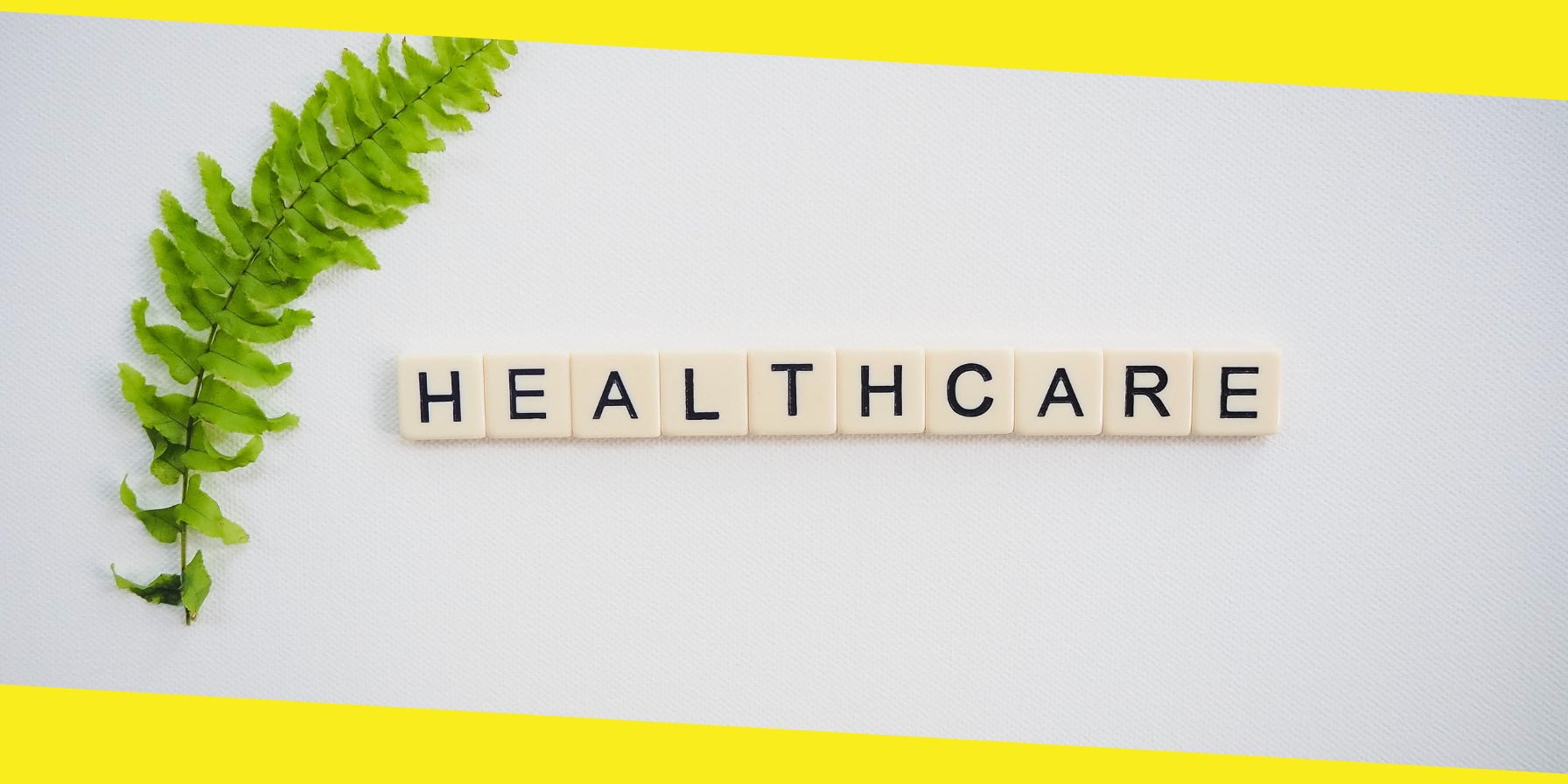Trust-Building in Digital Healthcare: Providing the Right Care

From banking to e-commerce, digital identity verification improves service transparency, security, and flexibility. We should expect to see similar growth in the healthcare industry soon.
Digitalization is helping the medical industry thanks to remote consultation during the pandemic. It is positive, but rural health care has issues.
A foundational component of every successful partnership is trust. It’s essential for keeping patients satisfied and doctors in good standing. A good office experience and empathy may build trust with patients.
With the fast advancement of digital healthcare, smartphone photos may soon be able to make diagnoses. Health-related deductions and findings might be surprising if not handled appropriately.
Elements of Patient Confidence in Digital Healthcare Data
The healthcare ecosystem must protect PHI and PII from cybersecurity risks. Healthcare providers must follow ever-changing HIPAA compliance and GDPR compliance standards (GDPR). There are several ways in which HIPAA serves to increase patient confidence. It includes safeguards to protect patients’ electronic medical records’ confidentiality, availability, and integrity.
Any healthcare organization may take additional steps to maintain client trust.
1. Online Medical Records Access
Accomplishing a change is challenging. Allowing patients online access to their medical data may gain their trust.
Patients nowadays are understandably upset by any delay in accessing their medical records. They may always contact your practice and ask for copies of relevant medical documents.
However, today’s patients would rather not have someone acting as a “gatekeeper” to their medical data. Giving patients a private gateway shows you appreciate their time and want to make medical care easier.
According to research, the percentage of happy patients was up from 48% to 59% when doctors used a secure texting system.
2. Protecting Your Individual Data and Private Transactions
Healthcare businesses need transparent and safe data use and storage. Even the most loyal customer will leave if a corporation mishandles personal data. Apps’ massive data sets have the potential to be a tremendous tool for good, leading to deeper insights and more effective outcomes. However, safety measures must be taken.
Nobody wants Google or Apple to have their private health information exposed. Users must trust that their data is protected legally and ethically.
Patient outcomes are already being improved by healthcare applications all across the globe. If they get experts’ and consumers’ trust, digital healthcare companies can benefit millions of people. With the growth of mobile health apps, securing patient data is essential.
3. Two-Factor Authentication
Two-step authentication secures software by requiring user identification in two ways. Applications may use a username/password and an SMS or email verification code.
- SSL technology
The information sent between the app and the server may be encrypted using SSL technology.
- EMR Audit Trail
Every attempt to access patient data may be logged, thanks to the audit trail’s regular maintenance. When doing an audit, it’s essential to consider details like the kind and date of the data accessed and the origin from which it came.
4. Be Responsible When Using Rating and Review Websites
It is up to the company owner whether they choose to reply to reviews publicly or privately on sites like Yelp. Sometimes a private message is the most effective way to get in touch.
To avoid violating HIPAA rules, never confirm in a public response that the reviewer is a patient or provide any details about their visit.
A public reaction to a poor review may help restore confidence in the reviewer and any other readers. Because 84% of patients say they trust internet reviews just as much as personal suggestions.
Even a short note to a frightened patient might demonstrate your care and are trying to improve. Below are some response examples:
- Poor response: We apologize for your feelings; however, our wait times are far lower than the industry norm.
- Better response: Thank you for your feedback. I am passing this on to the excellent team so we can work together to resolve this problem.
- Best response: Thank you for your feedback. We sincerely regret any inconvenience. We are working on a new scheduling system that will assist in cutting wait times in the future.
In the last case, the doctor earns the patient’s confidence by acknowledging the problem and trying to fix it.
5. Use the Web for Frequent Communication
Calls and letters sent after a first contact help re-engage patients and demonstrate your concern. However, many modern patients rely heavily on the web for communication.
Digital methods of providing healthcare will likely become the norm in the future. It is in everyone’s best interest to give the patients as many digital avenues of communication with you and your staff as possible.
Accessing providers on the go using a HIPAA-compliant app on a mobile phone is a terrific approach to establishing rapport. Spruce is one of several applications used by direct primary care providers to communicate with their patients.
Providers are more open to telemedicine for things like medication renewals. Digital innovations can connect a patient’s busy life to your company’s expectations and abilities. Regular patient care and support need HIPAA-compliant applications or emails.
6. Comprehending the Nuances of Behavior Modification
Digital healthcare practitioners must grasp what inspires behaviors, impedes progress, and promotes change.
Reading someone’s emotions at the moment is key to intervening successfully. Users should realize that their behaviors affect outcomes and how long it will take to feel better.
7. Fixing the Fundamentals of User Experience
Slow-loading, unstable, or account-locking experiences will lose users within days, if not hours. User experience must be simple, rapid, and transparent despite rigorous security.
Successful apps don’t make users work hard to understand novel sequences or models; they follow known patterns.
8. Comprehensive Testing and Investigation
Concerns about the efficacy of specific health and wellness applications stem from a need for more rigorous testing. According to one study, few have proof of therapeutic benefit.
Digital healthcare companies must do more research to prove their applications’ effectiveness. Continuous testing ensures an app functions as intended and identifies improvement opportunities.
9. Setting the Appropriate Vocal Tone
Medical apps should communicate with consumers using official, trustworthy language. Empathy and striking the right tone in each scenario may determine success or failure.
It requires in-depth knowledge of the patient’s psychological and medical histories. Great health applications educate users and clarify medical jargon.
10. Regular Evaluation of Cybersecurity Preparedness
Cyberattacks interrupt companies, cost money, and destroy reputation and customer trust. Businesses need efficient cyberattack and recovery procedures.
It is known as a data breach when unauthorized parties access protected information. Consumers’ private data is usually compromised when a breach occurs. Criminals will profit from either selling or using this data to scam people on the Dark Web.
Cyberattacks exploit flaws in infrastructure designed to protect sensitive data. 86% of the assaults recorded by the Identity Theft Resource Center in 2021 were of this sort. It was the most prevalent form of the data breach.
11. Compliance and Risk Evaluation by a Third Party
Modern healthcare systems link patients, physicians, hospitals, drug firms, insurers, and governments. Most breaches involve third parties; thus, healthcare firms need risk and compliance systems.
Wrap Up
The COVID-19 pandemic has accelerated the rate of digitalization within the healthcare industry. Customers leave a firm quickly if they question its data security. Security and ethics may help healthcare firms prosper in today’s cyberattack-prone digital economy.
Recommended For You
5 Signs of an Infection in the Mouth You Should Be Aware of
Most Inside
Most Inside offers high-quality recommendations and valuable updates to enhance all aspects of your life, providing premium guidance and enriching experiences.




